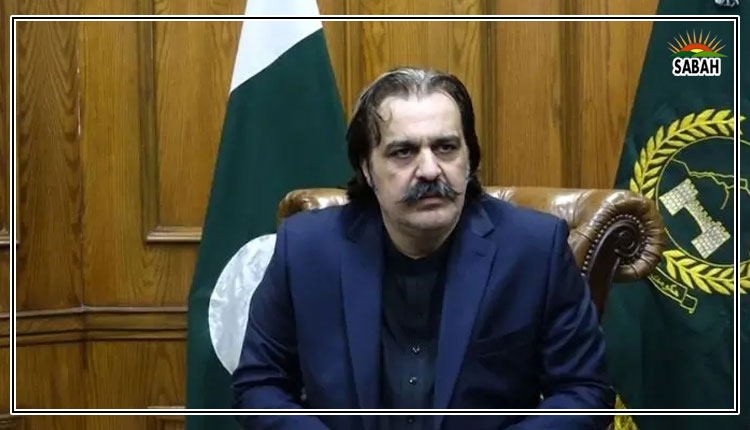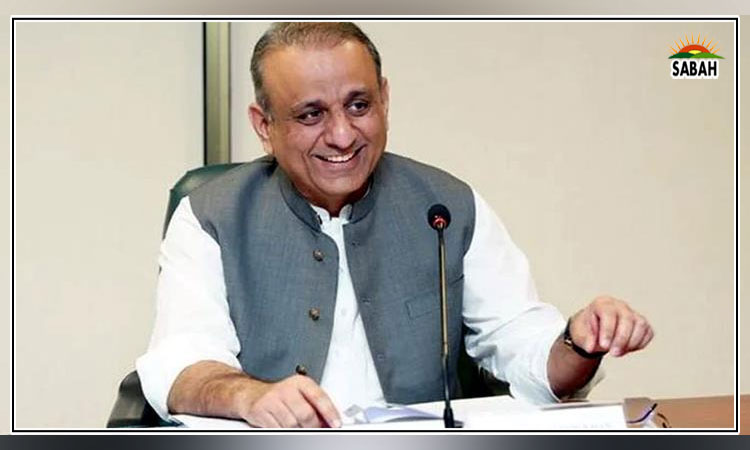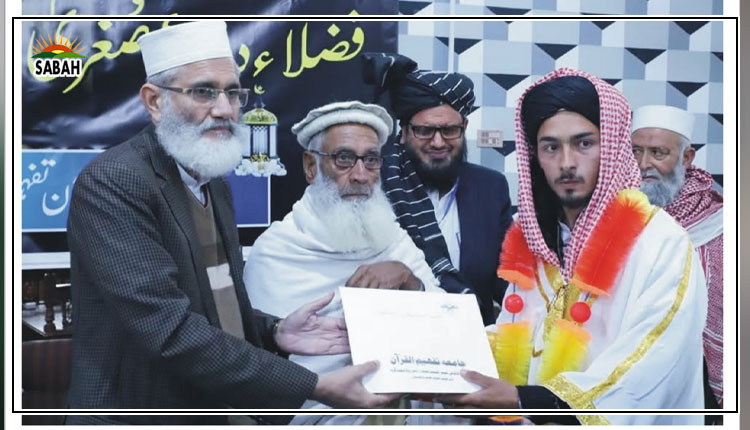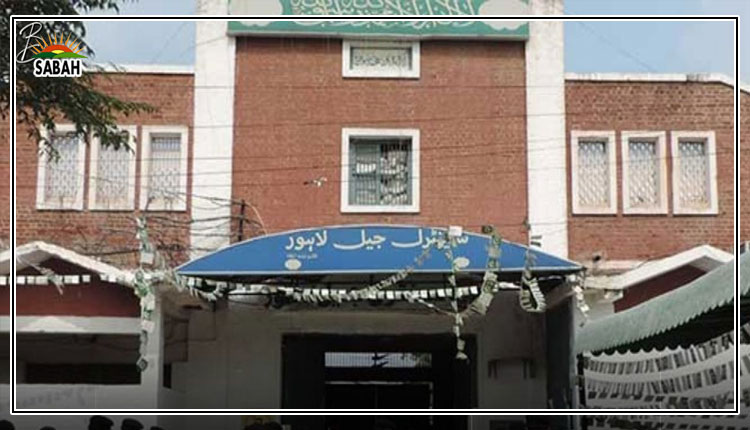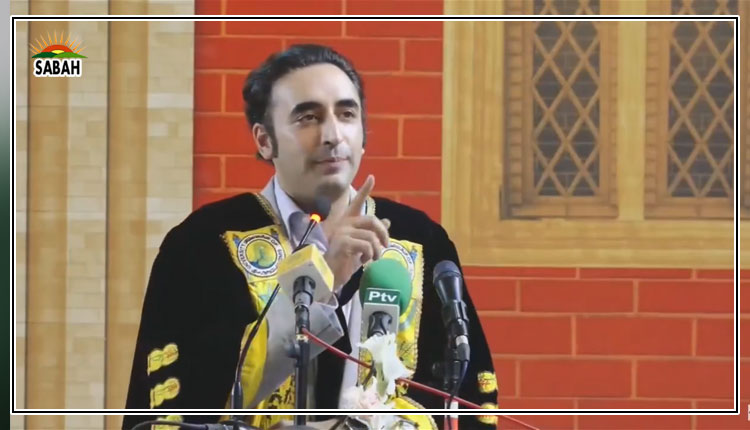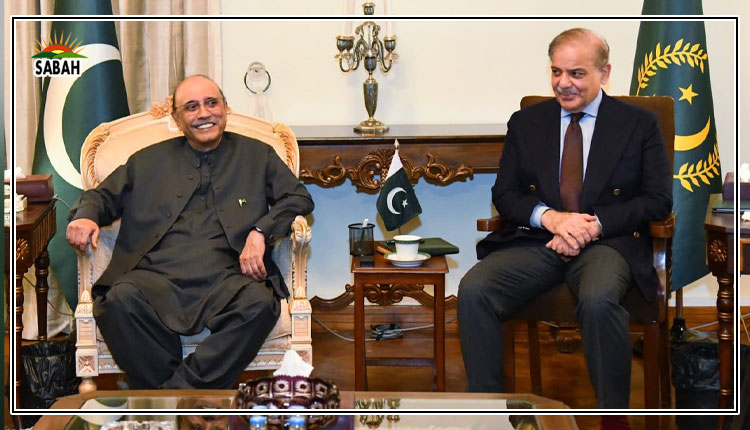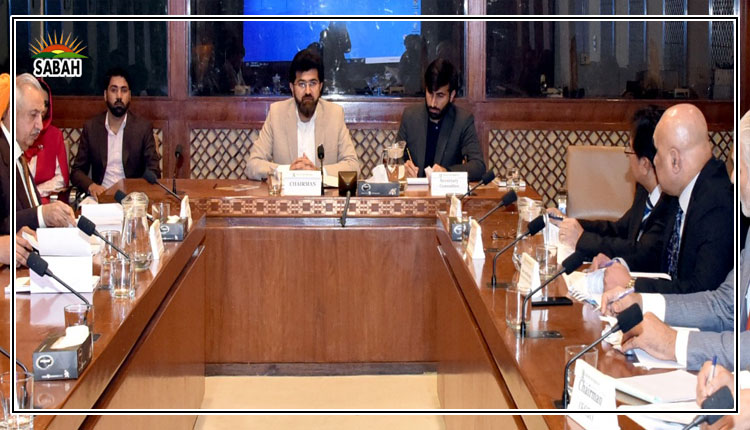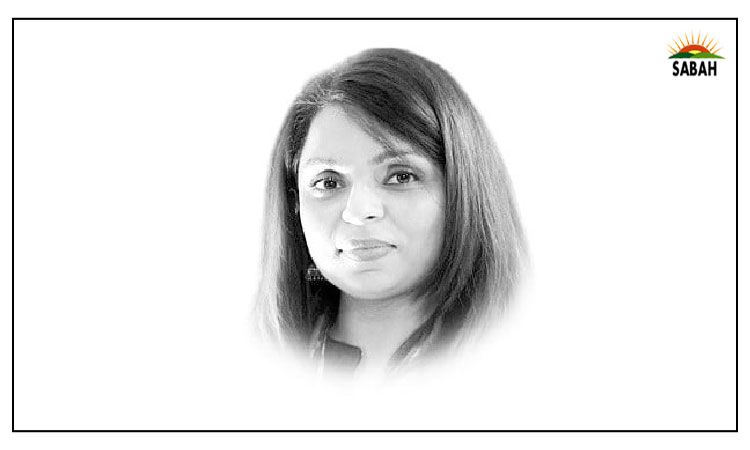Untapped power … Noureen Akhtar
In this race of modernisation, Pakistan is looking at the future, but forgetting the immense power of the past. Today, if ancient history serves as a door to prosperity, then Pakistan and its rich tapestry of civilisations stand at a crossroads. The country’s priceless heritage is certainly something other than a hoard of antiquities. It is a treasure waiting to be tapped in order to fuel growth, create jobs and redefine the nation’s image abroad. But, is Pakistan really ready?
Pakistan’s heritage can be equated to some of the world’s most ancient civilisations, once makers of courses in history, from the millennia-old ruins of Mohenjo Daro to the storied halls of Taxila. These UNESCO World Heritage Sites are but a few of many others and symbolise much more than mere academic interest. They could well be the dawn for Pakistan becoming a magnet for global tourism. As a traveler seeks unique, worthwhile experiences, the historical treasures found in Pakistan provide exactly that – a journey through time, unveiling the stories of diverse cultures and empires that once thrived in the region.
But it needs more than these ancient stones to be seen. It demands an enlightened initiative, which will harmonise modern tourist infrastructure with an international campaign of marketing in order to zero in on Pakistan’s favourable position in the global playing field. Kartarpur Corridor is among the recent examples of how heritage tourism can transcend the mere economics to support interfaith dialogue and cultural diplomacy. Such endeavours not only make the religious tourism spectacular but also dent the old minds around the world about Pakistan as a land of coexistence, diversity and tolerance.
The initiatives foreground international cooperation. The cooperation, as it were, in the case of UNESCO, not only conserves these sites but also promotes Pakistan as a good custodian of international heritage. It gives value to “preserving the past”, undermining negative narratives that have come to dominate the idea of this country as one of resilience and pride, and also of shared history.
Such instances on heritourism should therefore be undertaken to present the greatest awareness of what may be made known upon this area of tourism. Such meetings should, therefore, be a springboard where ideas are not just floaters, but rather a means of triggering new thought and collective action that can definitely make things happen. On the obvious benefits of this lie tourism: employment opportunities, infrastructural development and support of local communities through uplifting national pride. Cultural heritage tourism is not meant to invite foreign revenue; it is done so that Pakistanis may rediscover and take pride in their own cultural heritage.
Much remains to be done. Infrastructure, security concerns and a policy of inconsistency with regard to sustainable tourism practices in Pakistan stymied its growth. However, these do not seem insurmountable. Strategic investment in strengthening safety, transportation and visitor amenities will ascertain an invitation atmosphere for tourists while cultural treasures are stored up for future generations.
The question Pakistan now confronts is whether it is prepared to make the long-term investment that this vision demands. Can the nation reimagine its historically laundered wealth as a key unlocking a more prosperous, interconnected future?
This would be the work of collective action. Unleashing a past cultural heritage tourism potential of Pakistan would call for true cooperation from government agencies in the country, community locals, and stakeholders globally. It is to recover a past but build an even brighter, stronger future – one that would celebrate history not as past but as possible.
The time is now for Pakistan to seize this transformative opportunity. Treasures over a million years, Mohenjo Daro and Taxila, stand the test of time thus far. Will a Pakistani vision for culture-based tourism be reduced to a mere relic of time or can that great past be the base for a bright future of this country? Our decision-makers are expected to make some bold moves.
Courtesy 




